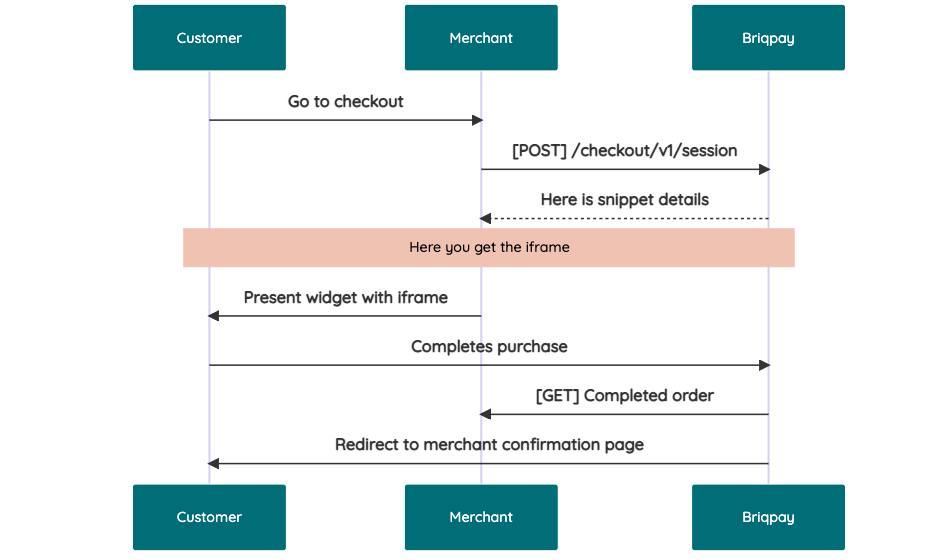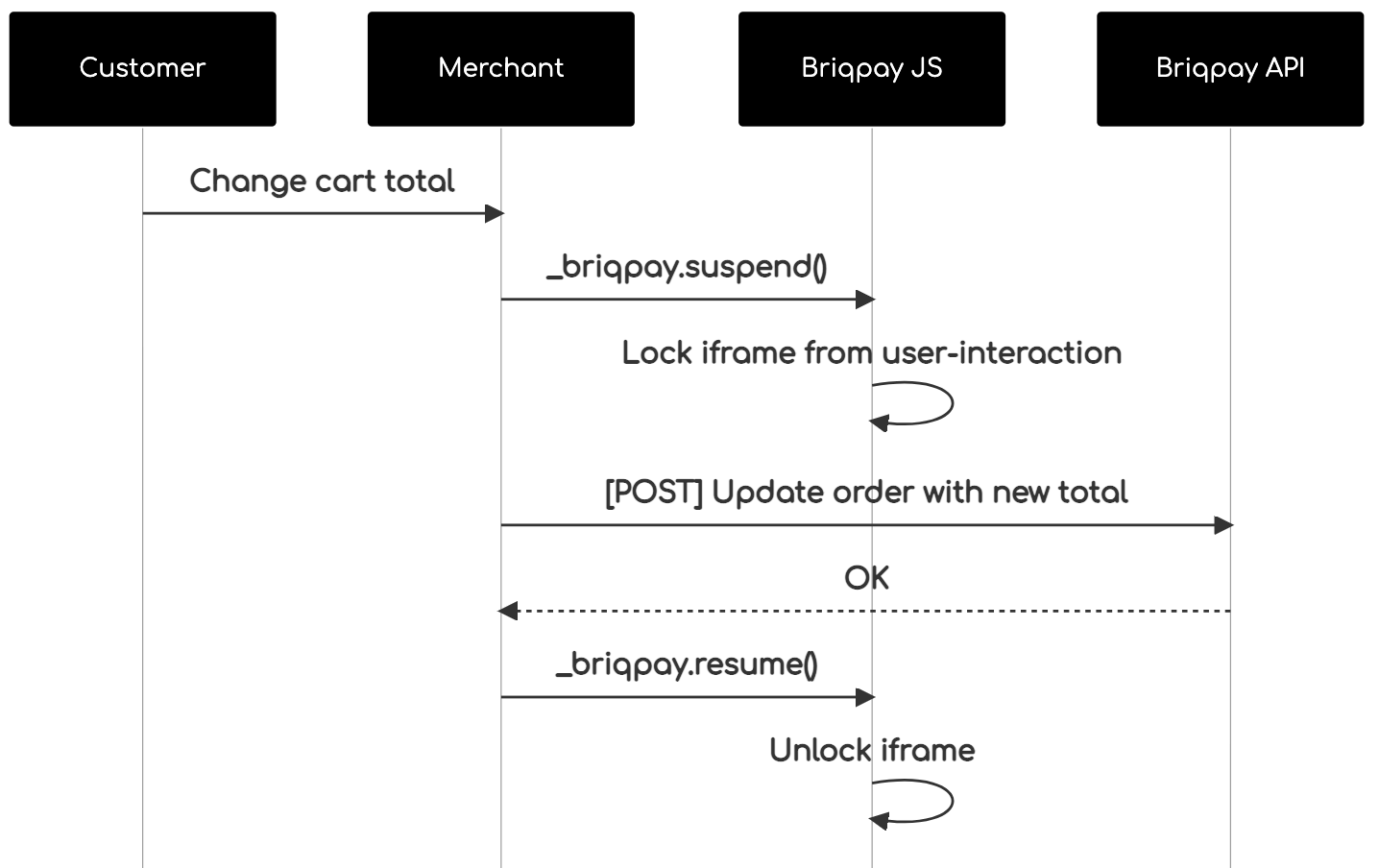Libraries tagged by axon
gcdtech/usecases
861 Downloads
Base classes and interfaces for implementing the Use Case pattern along with entities and entity emitting iterators.
frodeborli/serializor
99 Downloads
PHP Serializor will serialize almost anything in PHP, including closures and anonymous classes.
findologic/shopware6-common
5232 Downloads
Files shared among Shopware6 plugin and Shopware App
dianakaal/date-picker-masked-widget
18228 Downloads
Bootstrap DatePicker widget for Yii2 along with the Yii input mask functionality.
datatables.net/datatables.net-fixedcolumns-dt
1628 Downloads
FixedColumns provides the ability to fix one or more columns to the left and / or right hand side of a DataTable that scrolls along the x-axis. This can be used if the columns show grouping, index or similar information. This is FixedColumns for DataTables with styling for [DataTables](https://datatables.net/)
datatables.net/datatables.net-fixedcolumns-bs5
1520 Downloads
FixedColumns provides the ability to fix one or more columns to the left and / or right hand side of a DataTable that scrolls along the x-axis. This can be used if the columns show grouping, index or similar information. This is FixedColumns for DataTables with styling for [Bootstrap5](https://getbootstrap.com/)
datatables.net/datatables.net-fixedcolumns-bs4
3034 Downloads
FixedColumns provides the ability to fix one or more columns to the left and / or right hand side of a DataTable that scrolls along the x-axis. This can be used if the columns show grouping, index or similar information. This is FixedColumns for DataTables with styling for [Bootstrap4](https://getbootstrap.com/docs/4.6/getting-started/introduction/)
datatables.net/datatables.net-fixedcolumns-bs
377 Downloads
FixedColumns provides the ability to fix one or more columns to the left and / or right hand side of a DataTable that scrolls along the x-axis. This can be used if the columns show grouping, index or similar information. This is FixedColumns for DataTables with styling for [Bootstrap](https://getbootstrap.com/docs/3.3/)
creatortsv/scheduler
2174 Downloads
Stand-alone package which provides functionality to schedule script execution
corrivate/magento2-layout-bricks
193 Downloads
Use layout bricks in Magento, inspired by Laravel anonymous Blade components
code-distortion/currency
1436 Downloads
Arbitrary precision currency maths with locale-aware formatting - integrated with Laravel or stand-alone
cliffparnitzky/checked-email
1673 Downloads
Provides two textfields for forms for double entering a e-mail address and checking for equality. Also adds the option to activate e-mail field with confirmation for members (affects among others the modules `Personal data` and `Registration`).
carbon/codepen
2107 Downloads
Code alongside a live preview rendered by Fusion. You can configure it further to use Javascript to preview or inject JS and styles via Fusion
briqpay/php-sdk
10815 Downloads
This is the API documentation for Briqpay. You can find out more about us and our offering at our website [https://briqpay.com](https://briqpay.com) In order to get credentials to the playgrund API Please register at [https://app.briqpay.com](https://app.briqpay.com) # Introduction Briqpay Checkout is an inline checkout solution for your b2b ecommerce. Briqpay Checkout gives you the flexibility of controlling your payment methods and credit rules while optimizing the UX for your customers # SDKs Briqpay offers standard SDKs to PHP and .NET based on these swagger definitions. You can download them respively or use our swagger defintitions to codegen your own versions. #### For .NET `` Install-Package Briqpay `` #### For PHP `` composer require briqpay/php-sdk `` # Standard use-case As a first step of integration you will need to create a checkout session. \n\nIn this session you provide Briqpay with the basic information necessary. In the response from briqpay you will recieve a htmlsnippet that is to be inserted into your frontend. The snippet provided by briqpay will render an iframe where the user will complete the purchase. Once completed, briqpay will redirect the customer to a confirmation page that you have defined.  # JavaScript SDK The first step of integration is to add our JS to your site just before closing the ```` tag. This ensures that our JS library is avaliable to load the checkout. ```` Briqpay offers a few methods avaliable through our Javascript SDK. The library is added by our iframe and is avalable on ``window._briqpay`` If you offer the posibility to update the cart or order amonts on the checkout page, the JS library will help you. If your store charges the customer different costs and fees depening on their shipping location, you can listen to the ``addressupdate``event in order to re-calculate the total cost. ```javascript window._briqpay.subscribe('addressupdate', function (data) { console.log(data) }) ``` If your frontend needs to perform an action whe the signup has completed, listen to the ``signup_finalized`` event. ```javascript window._briqpay.subscribe('signup_finalized', function (status) { // redirect or handle status 'success' / 'failure' }) ``` If you allow customers to change the total cart value, you can utilise the JS library to suspend the iframe while you perform a backen update call towards our services. As described below:  The iframe will auto-resume after 7 seconds if you dont call ``_briqpay.resume()`` before # Test Data In order to verify your integration you will neeed to use test data towards our credit engine. ## Company identication numbers * 1111111111 - To recieve a high credit scoring company ( 100 in rating) * 2222222222 - To test the enviournment with a bad credit scoring company (10 in rating) ## Card details In our playground setup your account is by default setup with a Stripe integration. In order to test out the card form you can use the below card numbers: * 4000002500003155 - To mock 3ds authentication window * 4000000000000069 Charge is declined with an expired_card code. You can use any valid expiry and CVC code # Authentication Briqpay utilizes JWT in order to authenticate calls to our platform. Authentication tokens expire after 48 hours, and at that point you can generate a new token for the given resource using the ``/auth`` endpoint. - Basic Auth - only used on the auth endpoint in order to get the Bearer Token - JWT Bearer Token - All calls towards the API utlizes this method"
bencarr/statamic-hyperlink
610 Downloads
Hyperlink is a Statamic addon for a turbo-charged link field that stores link text and target options alongside the destination, supports multiple links in a single field, and lets you set up reusable config-driven field settings.